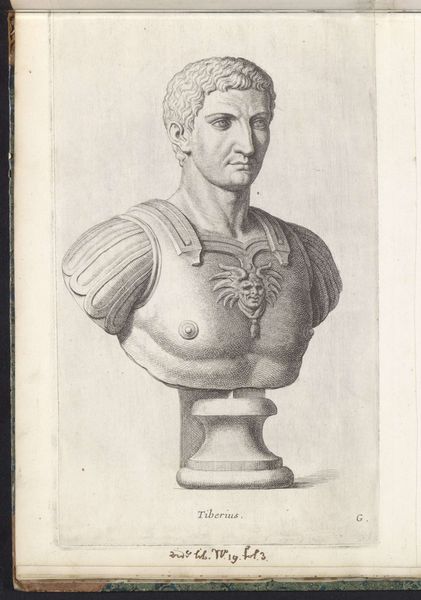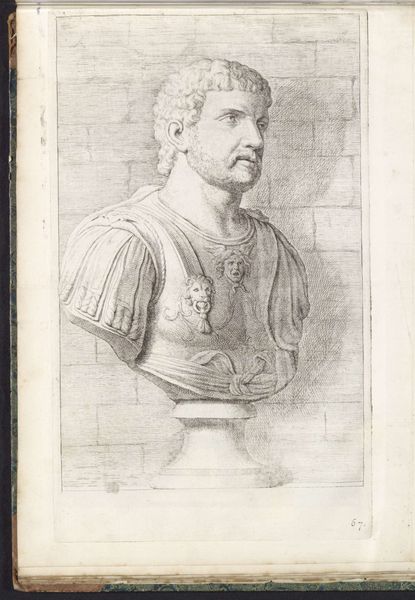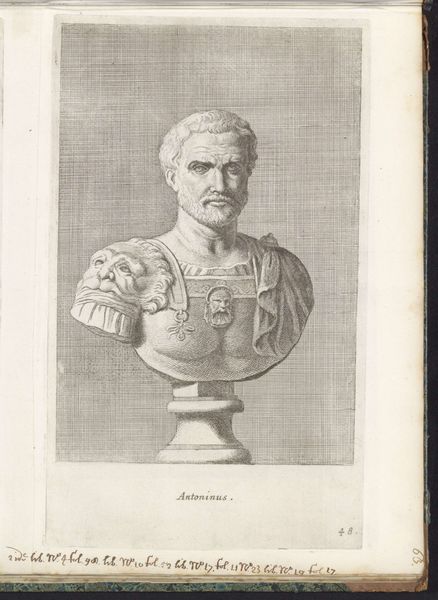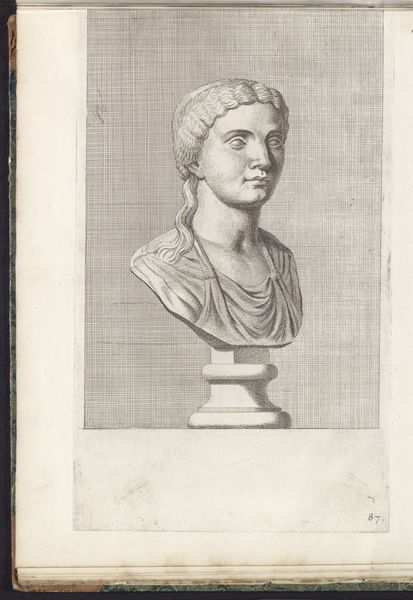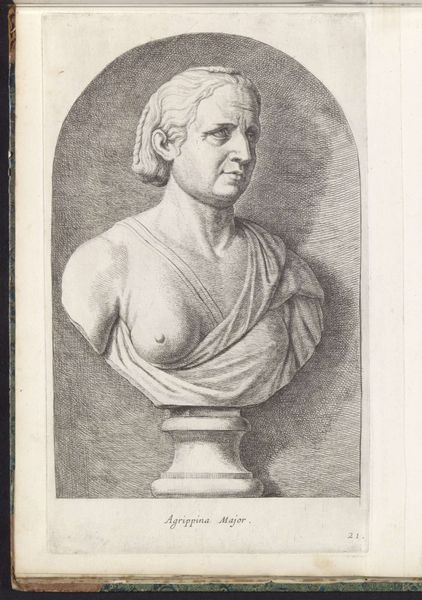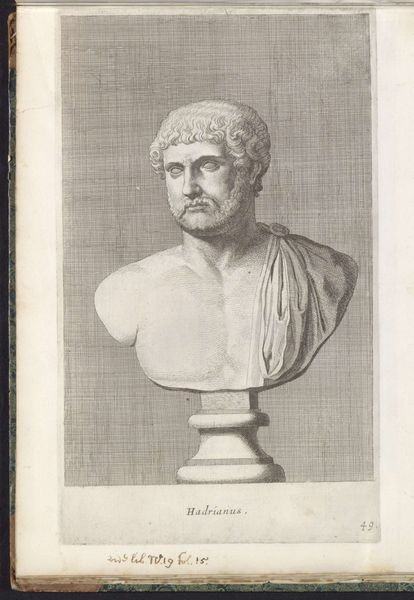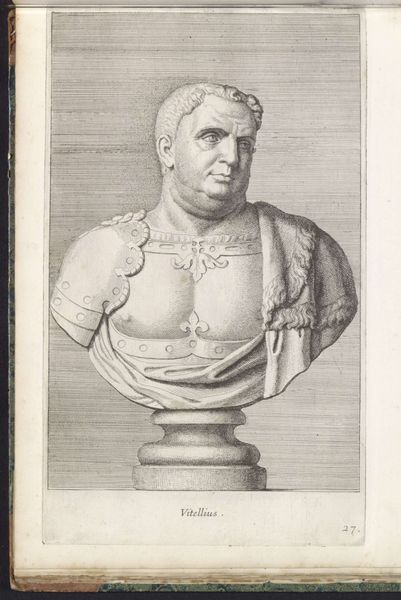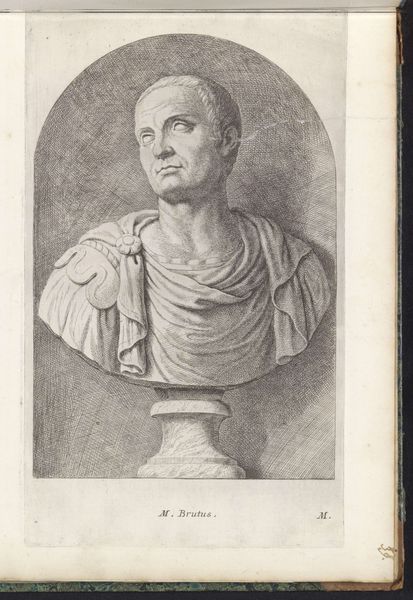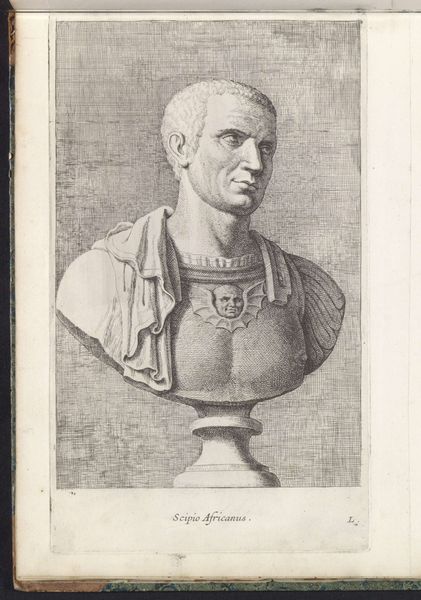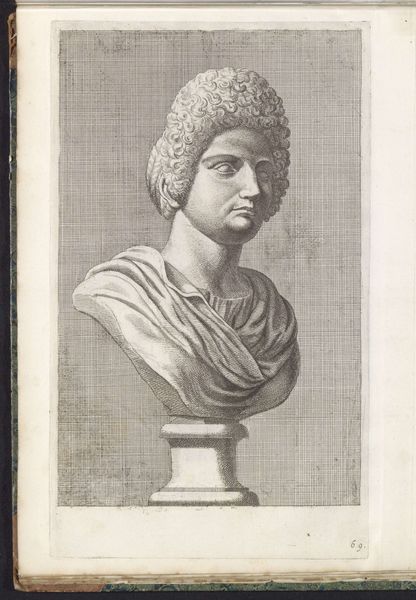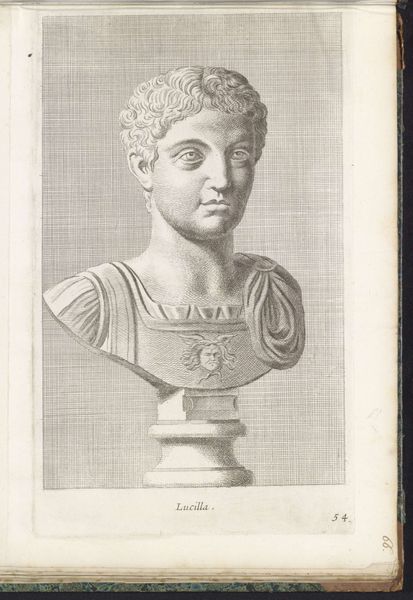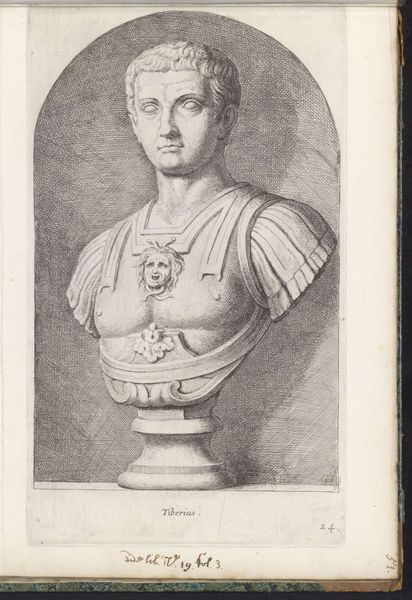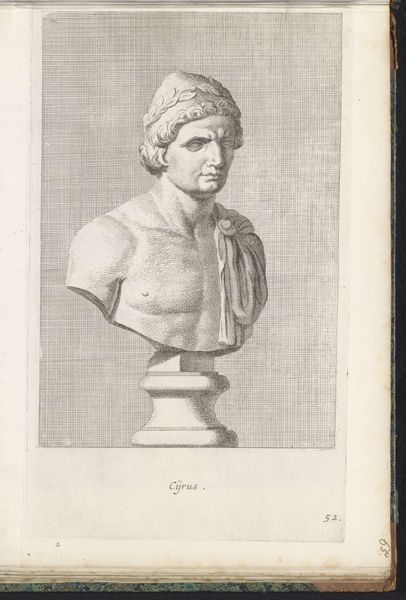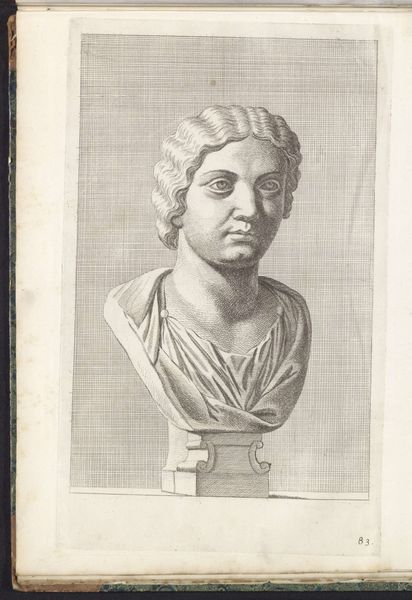
print, metal, engraving
#
portrait
#
baroque
# print
#
metal
#
classical-realism
#
engraving
Dimensions: height 325 mm, width 196 mm
Copyright: Rijks Museum: Open Domain
Hubert Quellinus made this print of a bust of Pan. It serves as an interesting example of the ways that classical imagery was being recycled by seventeenth-century artists in the Netherlands. Prints like this one document the contents of private collections, making them accessible to a wider public. Classical forms, like the bust, and classical subjects, like the god Pan, had a particular cultural cachet during this period. By aligning themselves with the art of antiquity, collectors hoped to bolster their own social status, signaling their education and refinement. The image also tells us something about the institutions of art in the Dutch Golden Age. Quellinus, like many artists of his time, was working within a well-established network of patrons and dealers. Prints like this one were often commissioned by wealthy individuals as a way to promote their collections and enhance their reputations. To understand the print better, one could investigate the provenance of the bust it depicts, tracing its ownership history and its social function. This sort of contextual research can help us better understand how art was used to shape identities and reinforce social hierarchies.
Comments
No comments
Be the first to comment and join the conversation on the ultimate creative platform.
